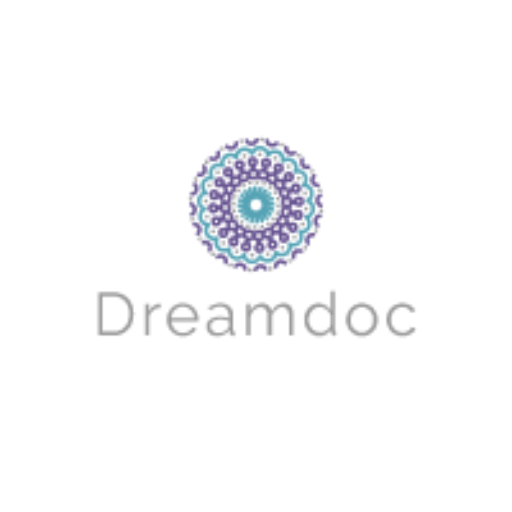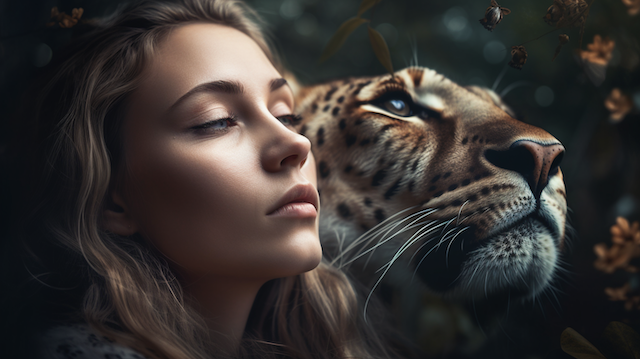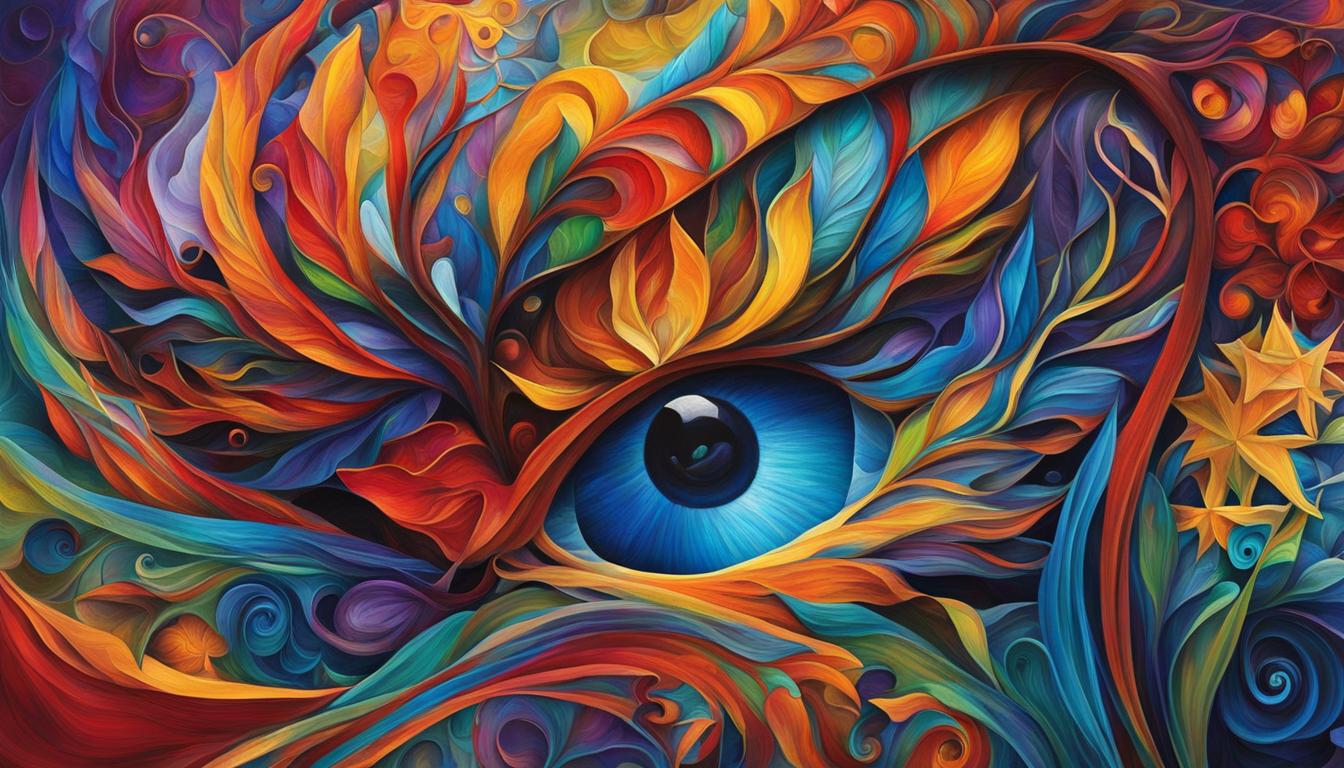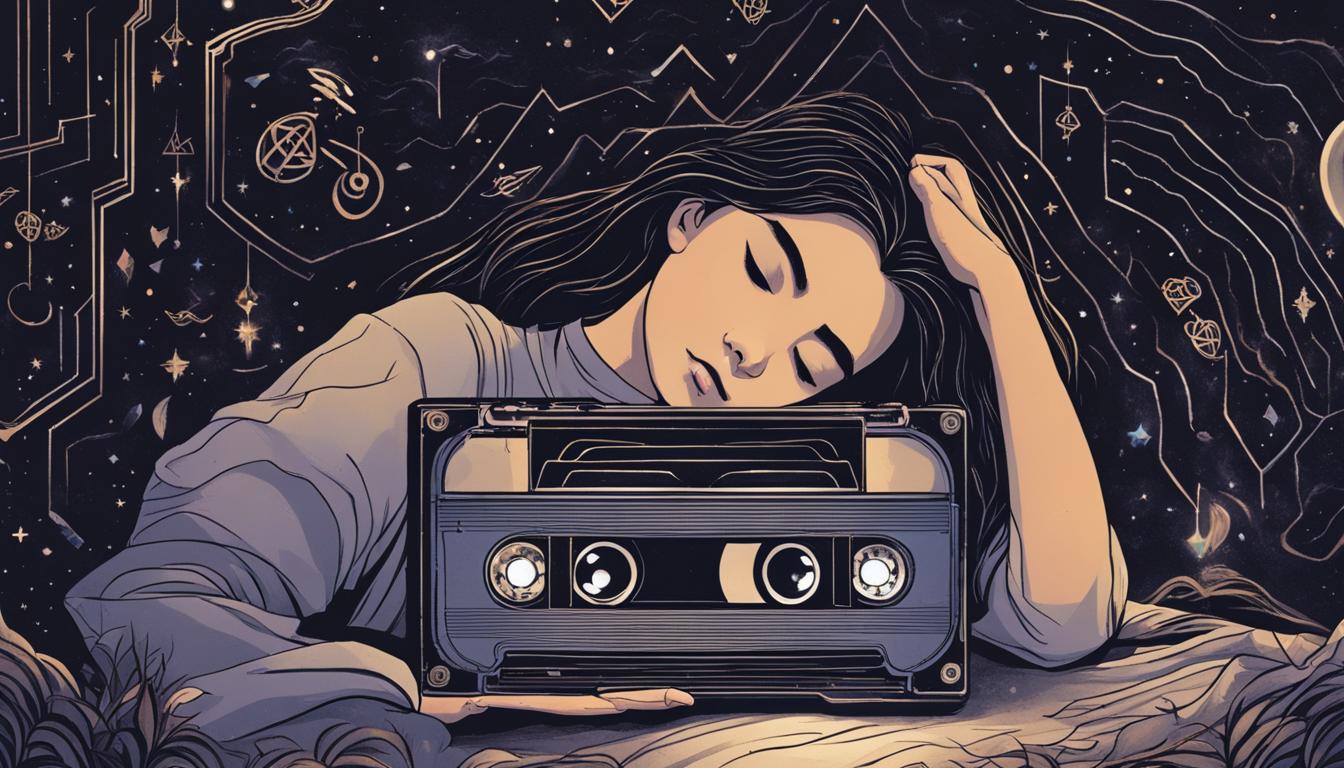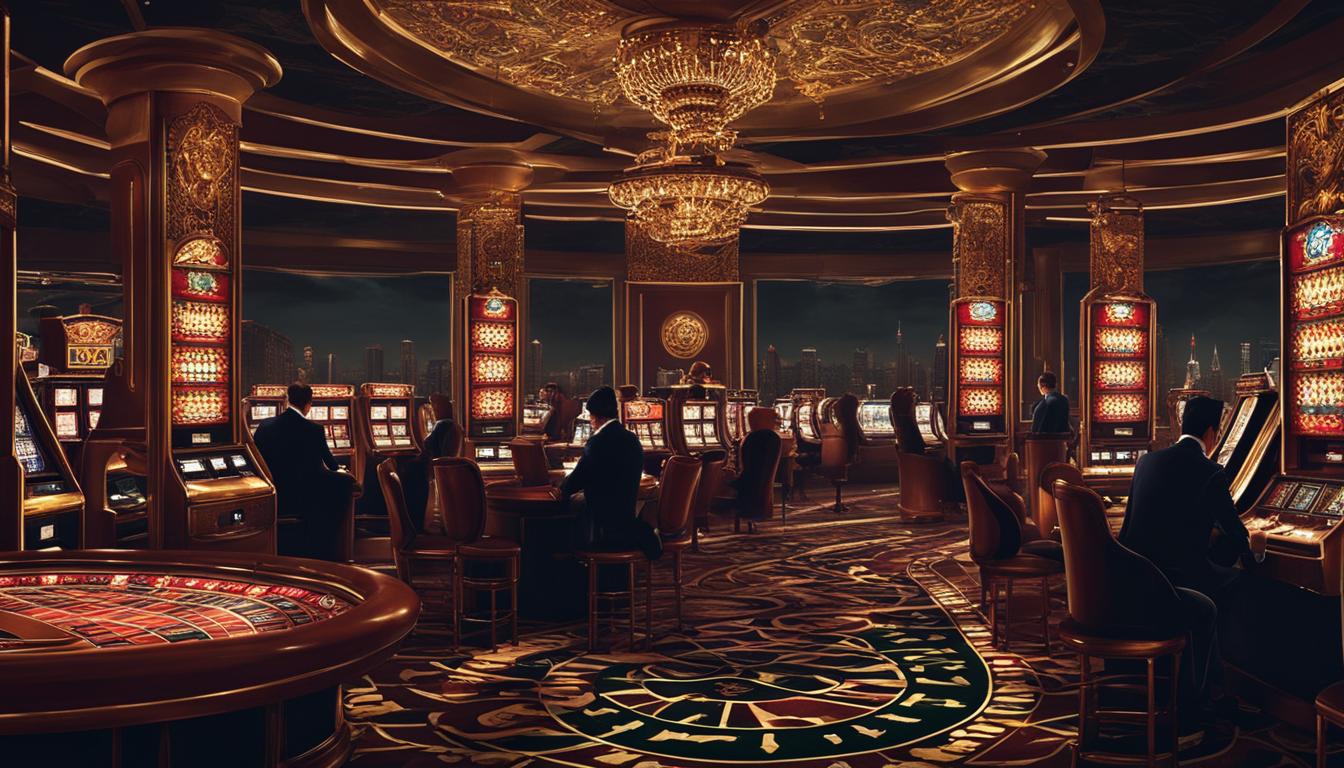Dreams have always fascinated humans, as they hold mysterious and symbolic information that often transcends our conscious understanding. One significant aspect of dreams is the presence of archetypes, which are universal symbols or images that originate from the human collective unconscious. The concept of archetypes was introduced by Swiss psychiatrist Carl Gustav Jung, who believed that these primal patterns of thought are deeply rooted in our evolutionary history and shared by all individuals.
Archetypes in dreams can manifest in various forms, such as characters, symbols, or themes. These archetypal representations often embody universal human experiences, allowing individuals to connect with their deeper psyche and revealing insights about personal and collective growth. By interpreting and understanding the archetypal symbols within our dreams, we can potentially gain a more profound comprehension of our inner world and psychological development.
Key Takeaways
- Archetypes are universal symbols that manifest in dreams, reflecting shared human experiences.
- Interpreting archetypal symbols can provide insights into our inner world and psychological growth.
- Applying Jungian theory helps unveil the deeper meaning behind dreams and archetypal presence.
Understanding Dreams
Psychological Analysis
When it comes to understanding dreams, one prominent psychological perspective is based on Carl Jung’s theory of archetypes. Archetypes, according to Jung, are the deepest forms and patterns in our psyche, arising from the collective unconscious. They express primal modes of thought inherent in the evolutionary structure of the human brain. Recognizing these archetypes can help uncover the meanings behind our dreams and facilitate our journey towards self-awareness and individuation. For instance, common archetypes that may appear in dreams include the Hero, the Shadow, and the Anima or Animus.
Just as important as identifying archetypes is understanding the emotions they stir in us. Dreams might evoke strong emotional reactions, either positive or negative, potentially out of proportion to what appears on the surface of the dream. This emotional content can provide valuable insight into our innermost thoughts and unconscious desires.
Cultural Interpretations
Cultural interpretations of dreams also contribute significantly to our understanding. Unlike psychological analysis, which is rooted in the individual psyche, cultural interpretations look for collective patterns that emerge across different societies and time periods. These interpretations emphasize common themes shared across different cultures and focus on the essential human experiences that shape our dreams and our waking lives.
For instance, some myths and folklore are based on universal archetypes, which can also be found in individual dreams. The appearance of a particular symbol, such as a snake or a mountain, might have similar meanings across diverse cultures. Exploring these cultural interpretations can reveal shared human experiences, connecting us to the wider human community and deepening our understanding of ourselves and others.
In conclusion, both psychological analysis and cultural interpretations provide valuable insights into understanding dreams. Recognizing archetypes and their emotional impact, as well as considering shared cultural insights, can help us unlock the mysteries of our dreams and the deep inner workings of our minds.
The Concept of Archetypes
As I explore the concept of archetypes in dreams, it’s essential to understand that archetypes are deeply rooted in the human psyche. They are primal modes of thought inherent in the evolutionary structure of the human brain, as described by Carl Jung (source). Archetypes are not fixed images or concrete symbols but inherited tendencies of the mind to form representations of mythological motifs.
In my understanding, archetypes are universal symbols and themes present in all cultures and can be found in our dreams (source). These archetypes can range from archetypal characters, such as the hero or the trickster, to natural symbols like water or fire. They hold significant meanings across various cultural contexts and can provide valuable insights into our inner psyche.
To give a better perspective, the hostile brothers’ motif is an excellent example of an archetype present in numerous representations without losing their basic pattern (source). Identifying archetypes in dreams can be challenging, as they often have an alien and unfamiliar quality due to their origins in the collective unconscious.
In my experience, to interpret my dreams, acknowledging archetypes allows me to access deep-rooted emotions and unconscious processes that influence my waking life. By understanding the power of archetypes in dreams, I can truly appreciate the profound impact they have on my psyche and the potential for self-discovery.
Archetypes in Dreams
As a student of psychology, I’ve come across numerous theories concerning dreams and their meanings. One concept that has fascinated me is the role of archetypes in dreams. Archetypes are the deepest forms and patterns of the psyche that express primal modes of thought. They arise from the collective unconscious and help shape our perceptions, thoughts, and actions.
The Hero
The Hero archetype represents courage, strength, and the ability to overcome obstacles. In dreams, the hero is often the dreamer, tackling various challenges and striving to achieve success. The hero’s journey symbolizes personal growth and the pursuit of goals. By recognizing the hero within ourselves, we can embrace our strengths and work towards self-mastery.
The Shadow
The Shadow represents our darker side, the repressed aspects of our personality that we might not necessarily be proud of. It often embodies the traits that we disown or deny within ourselves. In dreams, the shadow can manifest as a negative force or a hostile character. By acknowledging and integrating these shadow aspects, we can achieve a greater sense of wholeness.
The Anima and Animus
The Anima and Animus represent the feminine and masculine parts of our psyche, respectively. In dreams, the anima may appear as a powerful female figure, while the animus may be embodied by a strong male character. These archetypes serve to help us balance our inner masculine and feminine energies, fostering psychological growth and harmony within ourselves.
The Self
The Self archetype symbolizes the center of our being, representing our deepest aspirations and truest potential. In dreams, the self often appears as a unifying symbol or a figure of authority. By aligning ourselves with this archetype, we can strive towards psychological wholeness and the realization of our true selves.
In studying these archetypes, I’ve gained a deeper understanding of not only my own dreams but also the universal themes that resonate within all of us. By becoming more aware of the archetypes at play in our dreams, we can learn valuable insights about ourselves and our journey towards self-discovery.
Interpreting Archetypal Symbols
When it comes to interpreting archetypal symbols in dreams, I find it essential to first recognize these universal themes and patterns. By doing so, I can begin to unravel the messages my subconscious is trying to convey. Dreams can include archetypes in many forms such as mythic characters or strong emotional reactions1.
One technique I use to identify archetypes in my dreams is to pay attention to the emotions I experience. As I wake up from a dream, I take note of any strong emotional reactions and consider if they represent a deeper archetype2. For instance, if I find myself overwhelmed with admiration or fear for a character in my dream, that character may symbolize an archetype.
I also like to examine the setting and symbols in my dreams, as they can offer insights into the archetypes present. For example, a dream featuring water might signify the archetype of transformation, as water is often associated with change and renewal3.
In order to interpret the meaning of archetypal symbols in my dreams, I try to link them with what’s happening in my waking life. Reflecting on my current experiences and emotions can help me make connections between the dream and real-life situations.
Finally, I keep in mind that interpreting archetypes in dreams is a highly personal and intuitive process. Each individual’s experience is unique, and my interpretations may not resonate with others. However, by patiently exploring the archetypal symbols in my dreams, I can deepen my understanding of my inner world and foster personal growth.
Applying Jungian Theory to Dream Interpretation
In my journey to understand dreams, I’ve found that Carl Jung’s theories provide valuable insights. Jungian dream analysis focuses on understanding the symbols and archetypes present in our dreams and how they relate to our personal and collective unconscious. It is important to remember that for Jung, every dream has a significant meaning and purpose.
I first look for archetypes in my dreams. Archetypes are inherited tendencies of the human mind to form representations of mythological motifs. These representations can vary but maintain a basic pattern throughout different cultures and times. Jung identified several archetypes, such as:
- The anima or animus: the feminine or masculine aspect of our psyche that defines our behavior and relationships
- The shadow: the dark unconscious aspect of our personality, possibly related to repressed feelings, desires, or thoughts
- The wise old man or woman: a symbol of wisdom, guidance, and knowledge
When analyzing my dreams, I also try to identify common symbols. For instance, water might represent my emotions, while a snake might symbolize transformation or a hidden threat. It’s crucial to remember that the specific meaning of symbols varies depending on my life context, beliefs, and past experiences.
In the process of interpreting my dreams through the Jungian lens, I pay attention to these archetypes and symbols. It helps me identify unconscious processes, conflicts, and psychological patterns that may be affecting my well-being or offering insights into personal growth.
In my experience, Jungian dream analysis has been a useful tool to better understand myself and my subconscious, along with developing an increased connection with the universal archetype patterns. This has had a tangible impact on my life, helping me navigate internal conflicts and make better-informed choices.
Finally, I acknowledge that the process of applying Jungian theory to dream interpretation requires practice, patience, and self-reflection. It has proven to be a rewarding journey for me, and I hope sharing my process can inspire others who seek to better comprehend their dreams and their inner world.
